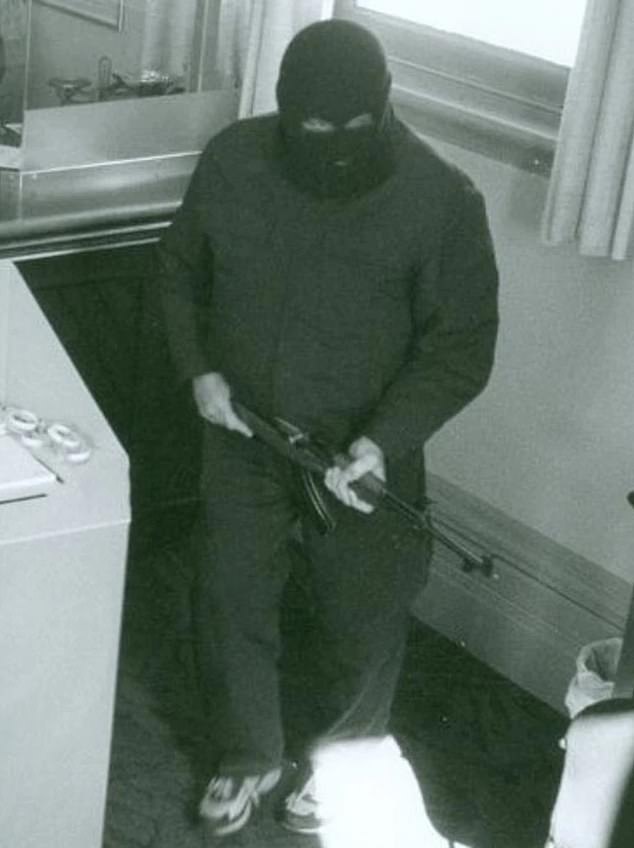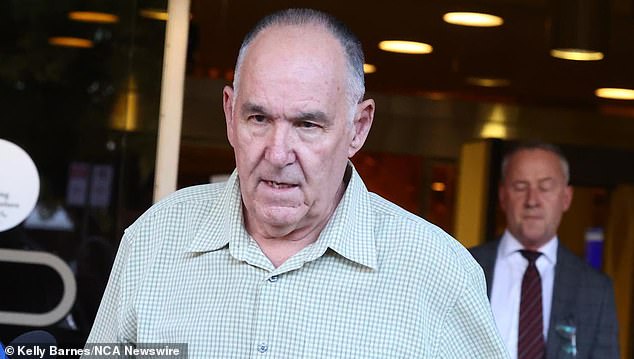A notorious bank robber who terrorized South Australia during a 10-year crime spree has taken his own life using a voluntary assisted dying (VAD) kit just two days after being sentenced to 35 years in prison for his crimes.
Kym Parsons, 73, robbed 11 banks between 2004 and 2014, armed with a rifle and wearing a balaclava.
Nicknamed the ‘Bicycle Bandit’, he evaded capture for years until police arrested him in October last year.
He originally pleaded not guilty to the crimes, before suddenly admitting to his crime spree on June 17.
On Monday, Supreme Court Justice Sandi McDonald delivered her sentencing remarks, telling Parsons, who was sitting calmly in the dock from the remand center, that his conduct was “morally reprehensible.”
“On his first day at ANZ Bank in May 2004 he saw the terror in his victims’ eyes and yet he returned and repeated that behavior again and again,” Judge McDonald said.
He pleaded guilty when he had only weeks to live because the cancer was eating away at his bones and brain.
NewsWire confirmed Parsons died at 12.15pm on Wednesday at a facility near Flinders Medical Centre.
He was transferred to the facility from prison Tuesday afternoon.
SA Health granted VAD access ahead of his guilty plea and sentencing, but did not disclose details about his case.
The ‘Bicycle Bandit’, Kym Allen Parsons (pictured), 73, took his own life after being sentenced for his crimes

Parsons received a 35-year sentence for his robberies committed over a 10-year period.
“We do not comment on individual applications made for a VAD permit to protect patient confidentiality,” a SA Health spokeswoman told NewsWire.
‘To access the program you must meet legislated eligibility criteria, including having an advanced terminal illness.’
South Australia legalized the controversial procedure in 2021, which allows someone to take their own life after meeting a series of eligibility criteria.
To be eligible in South Australia, a patient must be assessed by two independent doctors to have a terminal condition with less than six months to live.
There are no prohibitions for inmates to access the procedure.


